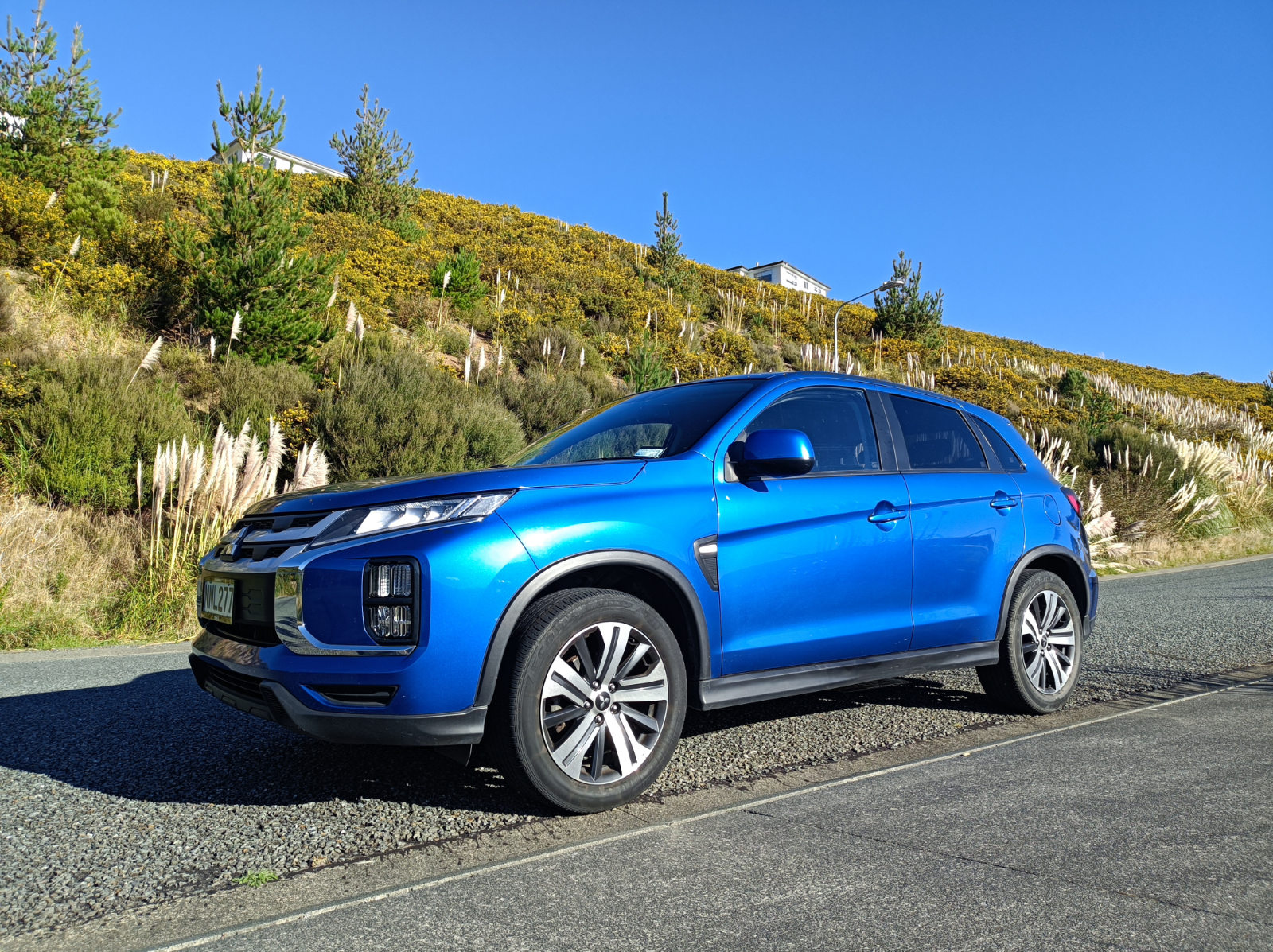
Living
The Mitsubishi ASX is a familiar sight in New Zealand—but what is it about the car that draws so many buyers? Jack Yan takes one on test from Gazley to find out
Photographed by the author
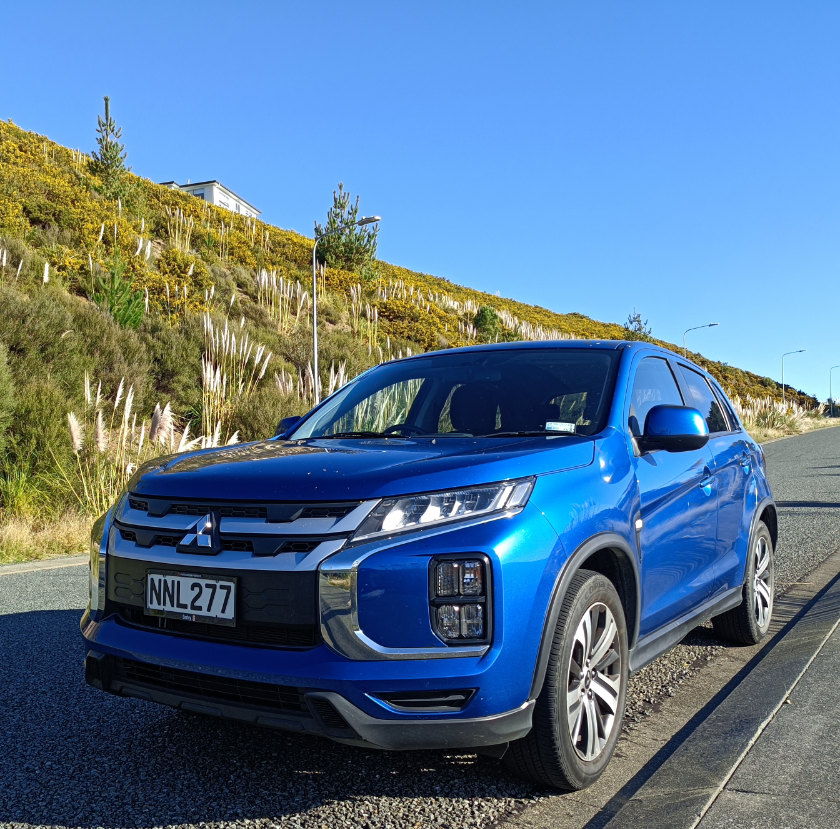
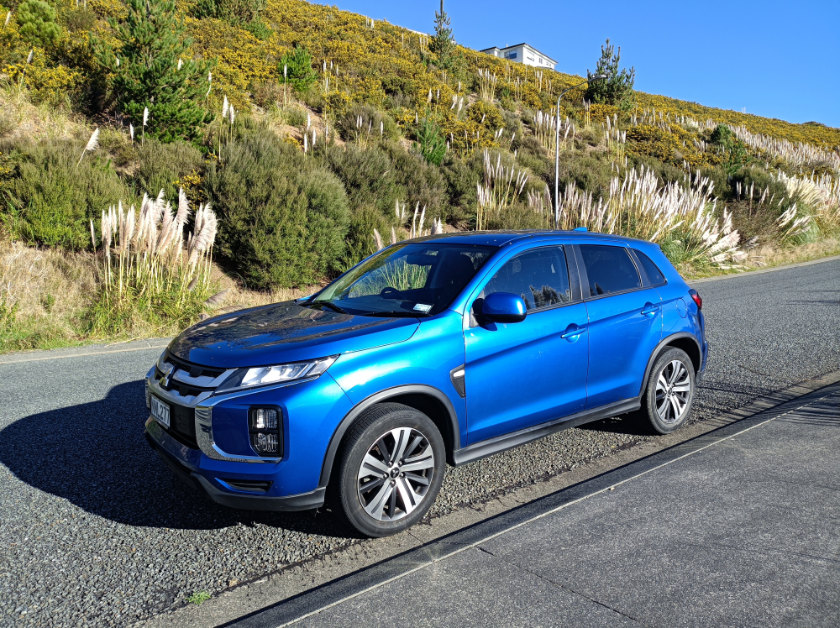

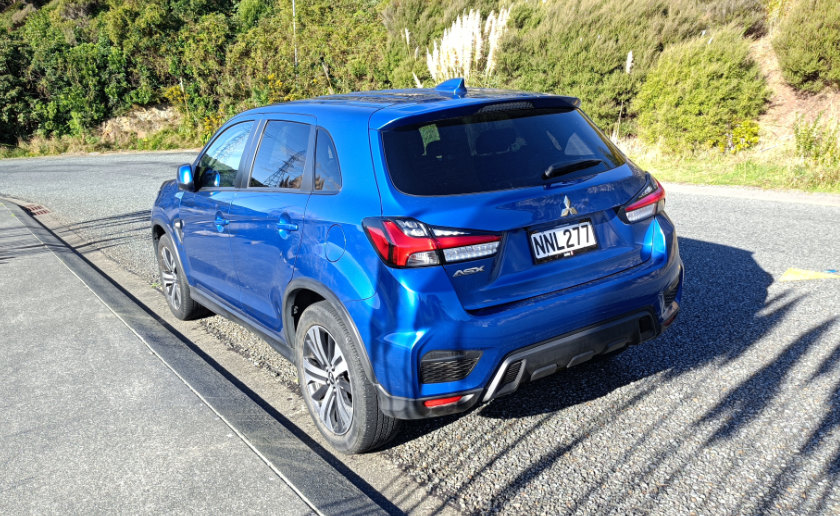

In 1992, I saw the one of the first Mitsubishi RVRs zipping up Kelburn Parade. People think Renault invented the coupé MPV with the Avantime, but I argue that Mitsubishi might have got there first.
If a coupé is a sporting vehicle that’s cut down from its original form, then the RVR fits that definition. It was a short-wheelbase counterpart to the Chariot, and it was intentionally more sporting. It had fewer doors—not always a must with earning a coupé tag, but it helps. It was a fine entry for the Japanese manufacturer, who had come out of a heady 1980s, having expanded into the US under its own marque rather than offer captive imports to Chrysler. In New Zealand, it was in fine shape, and back in its home country, it had benefited from the Japanese bubble economy.
In some ways, the ASX—the one first launched in 2010 as the RVR in the home market—has the same spirit. It’s a cut-down Outlander, on the same platform as the 2005 model, and the same wheelbase, but with a smaller, narrower body. You have to hand it to Mitsubishi: the 2000s were less kind, and the designers had to be ingenious with what they could get their hands on. In some ways Mitsubishi was early to the C-segment crossover market with something more car-like, while competitors like Toyota were trying to make butch-looking models from their passenger car platforms.
The ASX, still coming out of the Japanese factory in its original shape, rather than the Renault Captur clone for Europe, features on top-seller lists in New Zealand, and we were curious to know why. It’s had two major facelifts in that time, each time freshening up the looks sufficiently to make it attractive to buyers.
This current facelift dates to 2019, with what Mitsubishi calls its Diamond Shield design theme. It’s fairly comprehensive, and extends to having new wings: those vents you see have involved reshaping the metal, and are not stick-on items as Ford once did with its Territory. It looks purposeful and capable, tying in to Mitsubishi’s more famous trucks and big SUVs. The larger alloy wheels also help the looks, and thanks to the original 2010 model’s middle-of-the-road, inoffensive looks, the rest of the car blends in with the new nose.
Our neighbours like it so much they bought one, after their in-laws bought one, and a dear friend wants one—so are they right?
Given that the tooling for most of the ASX has long been paid for, Mitsubishi can charge a very reasonable NZ$27,990 (plus on-road costs, etc.) for the base front-wheel-drive model. That’s what drew our neighbours to theirs, and they figured that at that price, it made more sense than getting something electrified, after working out how many kilometres they needed to travel to justify paying the premium. So it’s not a simple design decision—that you like the new-look grille—but a pocket one, too.
There’s also the notion that when you see enough of them around—and we saw plenty during this extended test—that if so many people have opted for one, then that’s a collective endorsement. It’s a shortcut to having to make the hard decision yourself by analysing all the players and what they each offer.
In some respects, there’s a lot to offer for the money. Big side mirrors. A reasonable 8 in infotainment screen that’s got a decent resolution. A wonderfully simple interior design where everything is laid out with proper switches for the ventilation and heating controls. Clear instrumentation that offers no surprises. For us, we loved how flat the rear seats folded for an impressive 1,143 ℓ, and with the seats up, there is still 393 ℓ. A sharp reversing camera. In our test car, the Electric Blue hue gave it a smart, fresh look.
It’s easy to get in and out of. The visibility is excellent—which is actually a surprise for a car of this age since that period was about more claustrophobic, high-waistline cabins. You feel protected inside with just enough height, but not so much as to feel like the centre of gravity is too high and you lack security.
And Mitsubishi is so confident of the ASX it offers its 10-year powertrain warranty.
There are deficits, too. The cabin materials reflect where things were when the ASX was launched in 2010. Don’t expect as many soft-touch surfaces as you’ll find in something launched later. The two-litre engine is tuned to economy—Mitsubishi said as much in 2010, as it distinguished the ASX from the Outlander—so it’s not about having a fast pick-up. There’s also the issue of refinement, where the engine feels a harsh and there is cabin noise. The CVT could also be more refined.
But then you come back to the ASX’s biggest drawcard: that price.
It’s hard to think of a rival in the same segment that offers this level of practicality and space for the price. There’s a big jump to the likes of the newer-tech Toyota Corolla Cross, Nissan Qashqai, Suzuki S-Cross or the Hyundai Kona and Tucson. We couldn’t even find a Renault Captur on their New Zealand website, since the French firm drifts in and out of consciousness here. Hyundai’s Venue, still more expensive than the ASX, is a class below, and we have yet to test it. Kiwis are a practical bunch, and there’s something about the ASX, short on pretentiousness, that makes it worthwhile. •







Jack Yan is founder and publisher of Lucire.
Related articles hand-picked by our editors

Easy going
The Suzuki Vitara JLX Hybrid is an honest vehicle that remains a competitive, well priced entry for those in the market for a B-segment crossover, writes Jack Yan
Photographed by the author
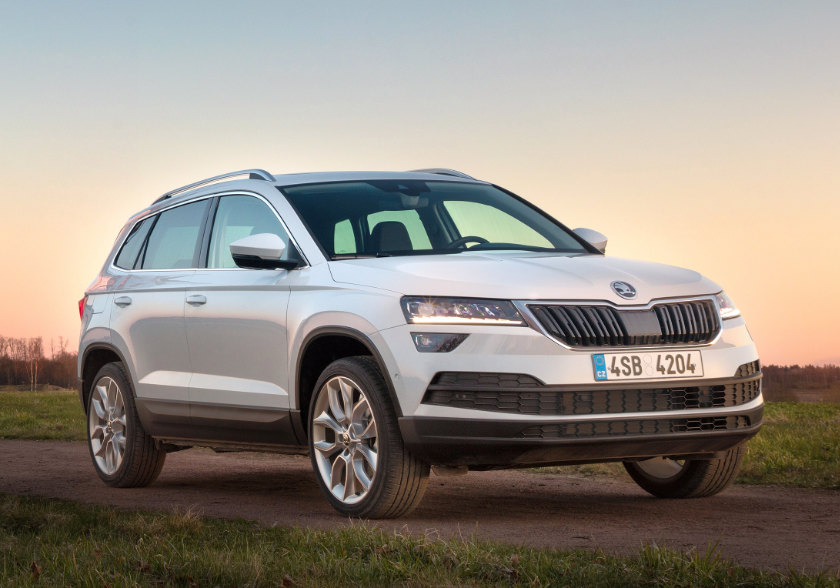
Škoda Karoq: being Praguematic
It’s farewell to Škoda’s very clever Yeti after eight years, and hello to the Karoq, another unusually named compact vehicle. But rather than the MPV-like philosophy of the earlier car, this one’s a crossover with SUV proportions. Does it succeed? Jack Yan takes it for a brief test
Video filmed and edited by Stuart Cowley

Remaking Trax
The Holden (née Chevrolet) Trax, related to the Opel Mokka and Buick Encore, is a more pleasing package after its facelift, writes Jack Yan
Photographed by the author